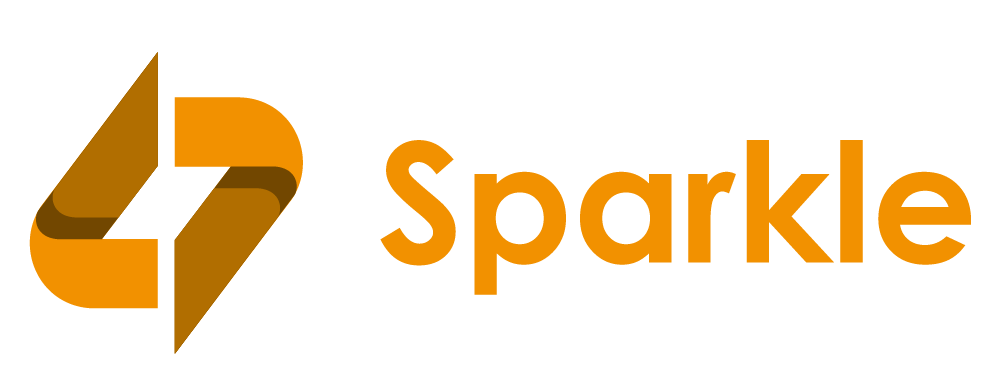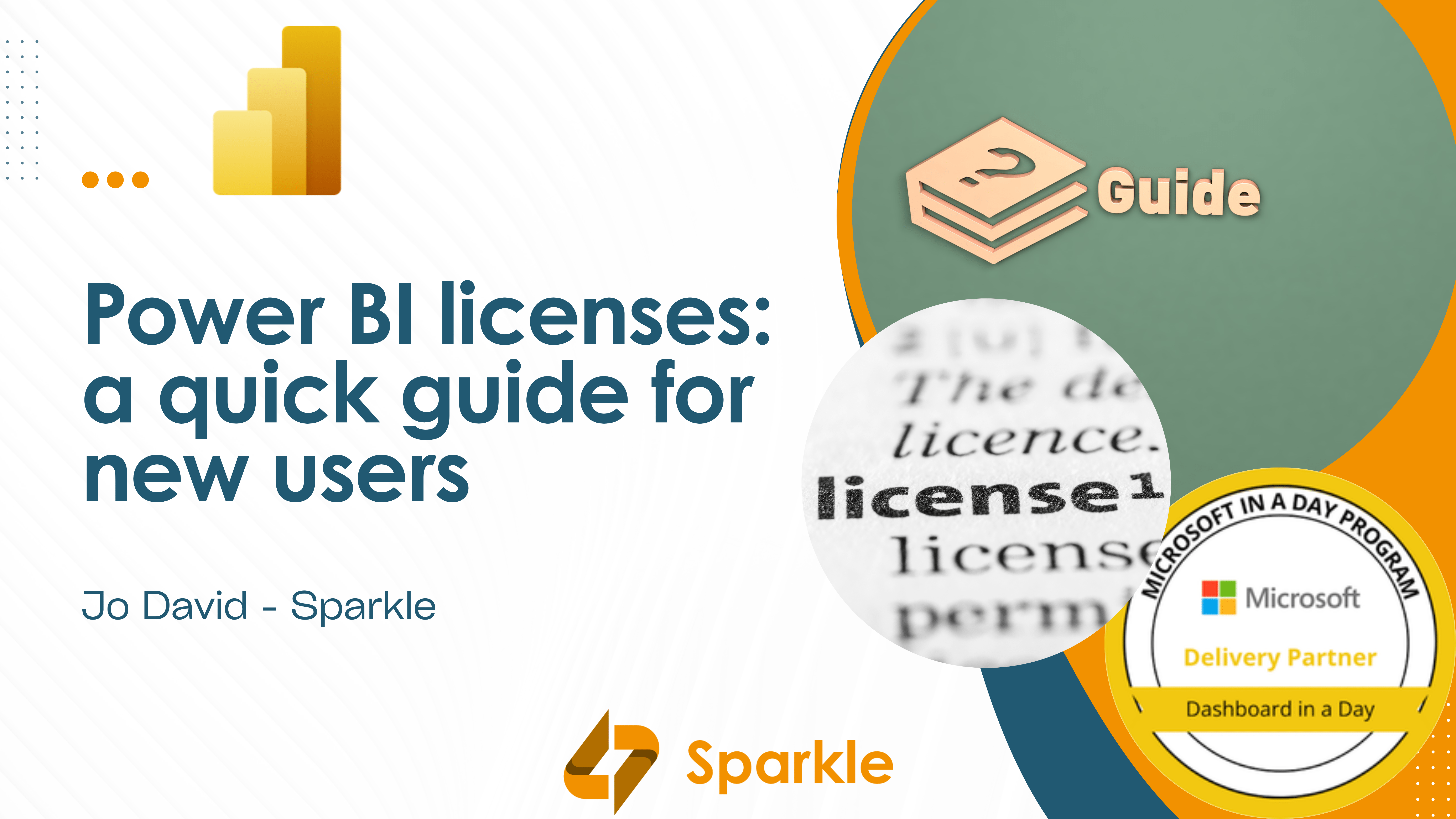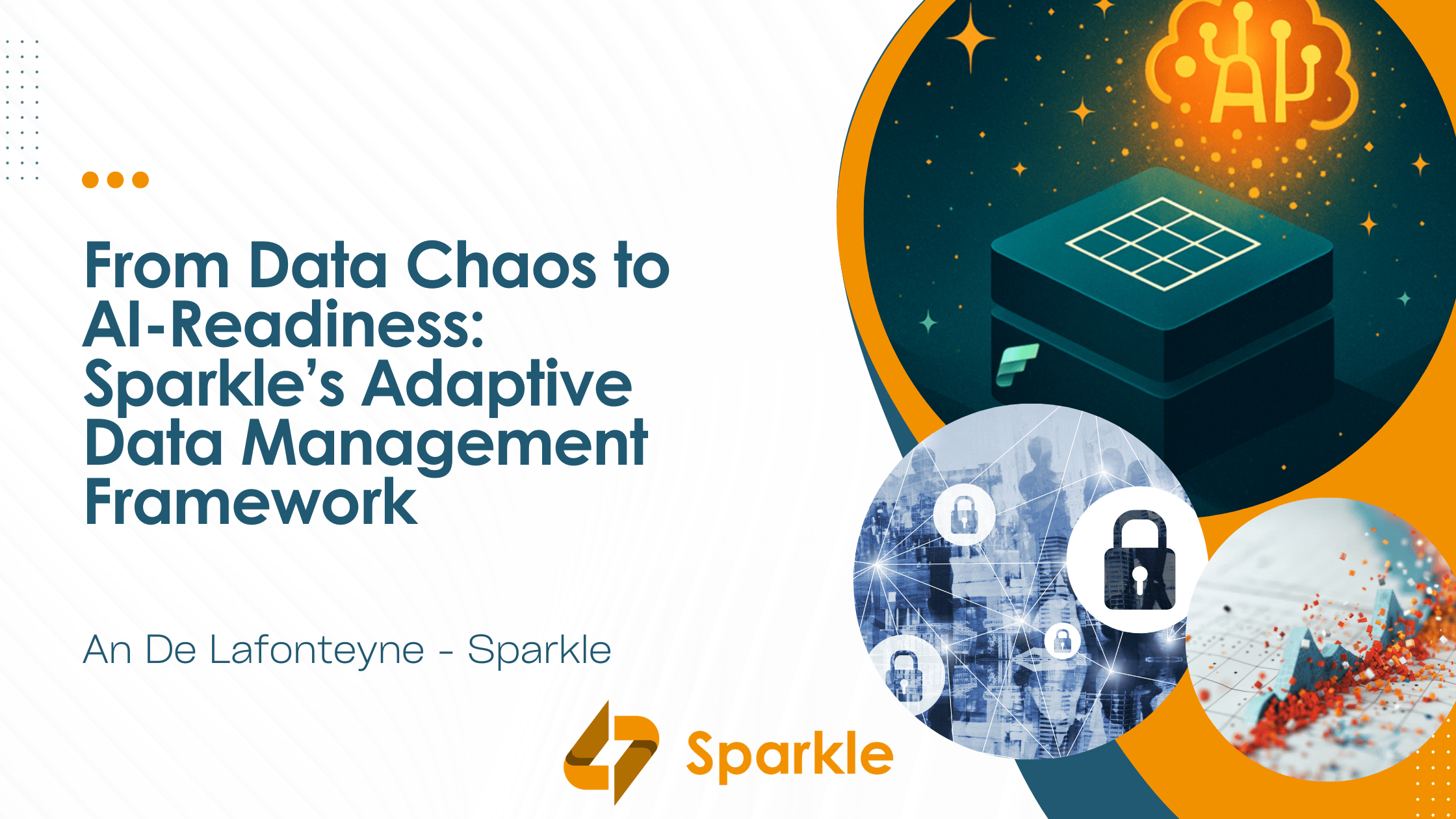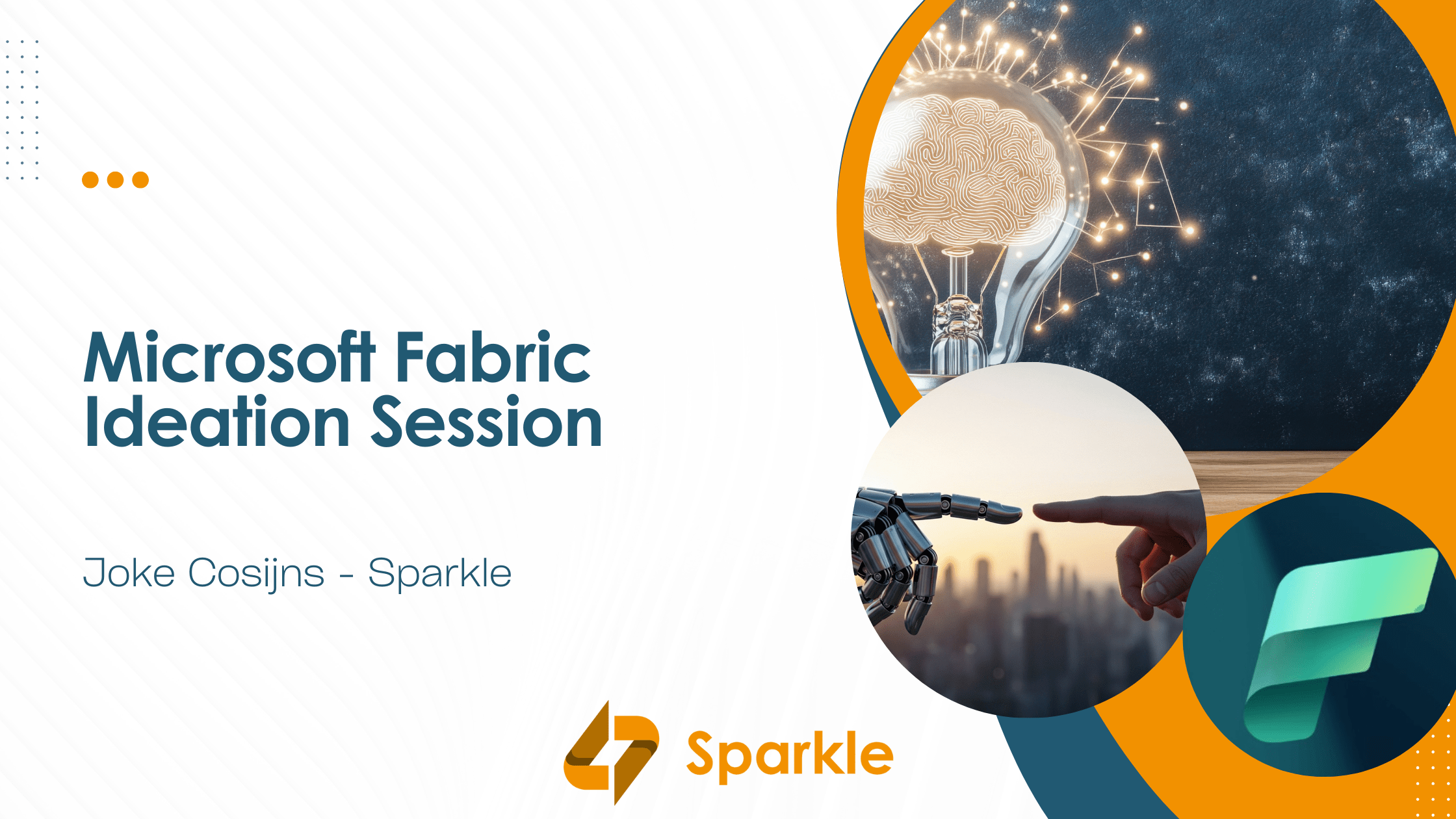You are convinced, you want or need to use Power BI in your team/organization. But now the question arises if you need to get Power BI licenses.
If you have questions like:
- What are your options?
- Why do they range from free to $5.000?
- What is it you are paying for?
Read on and we’ll guide you through the landscape of Power BI licenses pricing.
A quick remark at the start: to use Power BI desktop you don’t need an account. You can just install the tool and start working with no need to log on. You can either download it from the website or get it from the Windows app store.
What is Power BI?
To understand the difference you need to understand how it works (a bit at least) so we are going to explain this in very broad terms. A technical explanation of the inner workings of Power BI is for another time.
Power BI is a reporting tool that holds all the data it uses in memory so it can use it insanely quickly to do all the necessary calculations for the page you are looking at on the fly. There are options to work on data not in memory, but that does not really change the idea, so I will not go into this.
Due to this, it is heavy on memory usage, which you will notice if you ever opened a large Power BI file on your non-developer laptop, that poor thing starts to blow out hot air fairly quickly. Knowing this, we can also suspect that the reports we put online use a lot of memory and that memory is what is key here.
Person bound pricing
This brings us to the 3 person bound options: free, pro and premium per user licenses.
A free user receives a personal workspace from Microsoft when they create their account and they can publish reports to there. There are some limitations, like the max size of the file you upload or you can’t work with others in a shared workspace. This is a great way to start experimenting with Power BI as it requires nothing but a school or work email address to get going. One way you could, but be very carefully with it, share your reports with others is by publishing to web. This does exactly that and everyone can find your report online, keep that in mind before you click that button.
The next tier is Pro ($10/month/user), this gives you the option to work together with other users in a shared workspace, you can see reports in other workspaces,… The Model that holds your data is limited to 1GB, you have a maximum of 10GB storage and can refresh 8 times a day. You can now work together with others in a workspace, but only if those people have a pro or PPU (see below) license themselves, you can’t share your reports with free users.
Something to consider here is that Microsoft provides capacity (the memory we spoke of earlier) for your reports work on, but the capacity is not guaranteed. Which means that in cases of extreme capacity shortage, your reports might suffer. I must admit that I haven’t really experienced this, so while it isn’t guaranteed, it also isn’t a common occurrence that you are limited.
The final personal tier is Premium per user ($20/month/user), which increases the size your models can be to 100GB, the total size of your storage to a whopping 100TB and 45 refreshes a day. It also gives you access to all the premium features. The workspaces that are created to be PPU workspaces, can only be used by users that have a PPU license themselves.
The capacity
All the previous tiers on their own are just fine if you have a limited number of users, but as soon as you need to buy pro or PPU for all 10.000 users, that is quite a price. This is exactly where Premium per Capacity (PPC – $5.000/month or different if you have a deal with Microsoft) comes in. A Fabric F64 is equivalent to one P1 capacity, it also costs about the same. We are talking Power BI here I will refrain from going deeper into the Fabric pricing, it’s just good to know that you don’t have to go for PPC if you have F64 already.
This is basically roughly said a bunch of capacity (the memory needed to run Power BI) that is dedicated to you, ensuring that all your reports are always run at the fastest possible speed because the capacity is guaranteed. Because the reports now run on this capacity that you already pay for, your users can access it without a pro or PPU license. You still need a pro to publish reports to workspaces that aren’t your personal workspace. Despite both having ‘premium’ in their name, you don’t need a PPU license to manage or work in a PPC workspace, this has led to enough confusions that I know of to warrant its mention.
As this is premium, just like PPU, you get all the premium features as you do with PPU, 100TB storage and 48 refreshes a day. But PPC allows models to grow to 400GB in size, another sizeable increase.
Now which license to use?
While this heavily depends on your organization, what the vision is for the future and what funds it has, there is still a general line you can follow.
- If you are just starting out, dipping your toes, use the desktop application and if you have a useable email address, your personal workspace.
- When you want to work together with others or just share your reports with colleagues, you can go for a pro license for all involved. As long as you are with less than 500, the price for this setup remains lower than going for a Premium per capacity.
- If you want to either experiment with premium features without committing to that large sum or you want to use those features for your team, you can go for PPU. It’s double the price of a pro, still only $20/month/user, but that can quickly add up, so check if you really need it.
- Finally, if you want to share your reports in a wide organization that goes over the 500 user threshold, you can go for Premium per capacity. Keep in mind though that you still need pro licenses for the people that will develop your reports.
Below you can find a quick decision tree of how I try to look at the licenses, this might come in handy. It is no substitute for actually looking things up though, as prices and setups can change.

ABOUT THE AUTHOR

Jo David
Power BI expert & BI Consultant
Discover more content from our blog

Connecting the Dots: Neo4j Graph Intelligence Inside Microsoft Fabric
Microsoft Fabric unifies data engineering, analytics, and AI across the Microsoft ecosystem.
But many business problems like fraud detection, customer 360, supply-chain optimization, … depend not on single data points, but on how those points connect.

Microsoft Fabric Ideation Session
The Microsoft Fabric Ideation Session helps organizations move from curiosity to clarity. In just three hours, our experts guide your team through Fabric’s AI and analytics capabilities to identify high-impact use cases, connect business goals with technology, and build a practical roadmap for value-driven transformation.

Exploring Microsoft Fabric: Workshop at Tallinn Data Week
Discover the power of Microsoft Fabric for unified analytics. Learn how to combine data integration, data science, real-time analytics, and business intelligence in a single platform.

From Data Chaos to AI-Readiness: Sparkle’s Adaptive Data Management Framework
Every company today wants to harness the power of AI. From copilots that accelerate daily work to generative models that reveal new opportunities, AI promises to transform how businesses operate. But there’s one constant truth: AI is only as good as the data it consumes.

Microsoft Fabric: From Reporting to AI-driven operations
Microsoft Fabric unifies data, analytics, and AI on a single platform, simplifying management and enabling real-time, AI-driven insights. Organizations can move from reporting to automated processes, unlocking efficiency, predictive insights, and smarter business decisions. Planning the transition now ensures a smooth, cost-effective adoption.

Power Bi Input Methods in Microsoft Fabric: Use Cases and Technical Solutions
Organizations using Microsoft Fabric with Power BI increasingly need ways to capture user input, not just analyze existing data. Until recently, the main native options were Power BI custom visuals and Power Apps. Since May 2025, a third option- Fabric Translytical Flows- has become available. This tutorial compares these three approaches to help you choose the right solution for your scenario.






